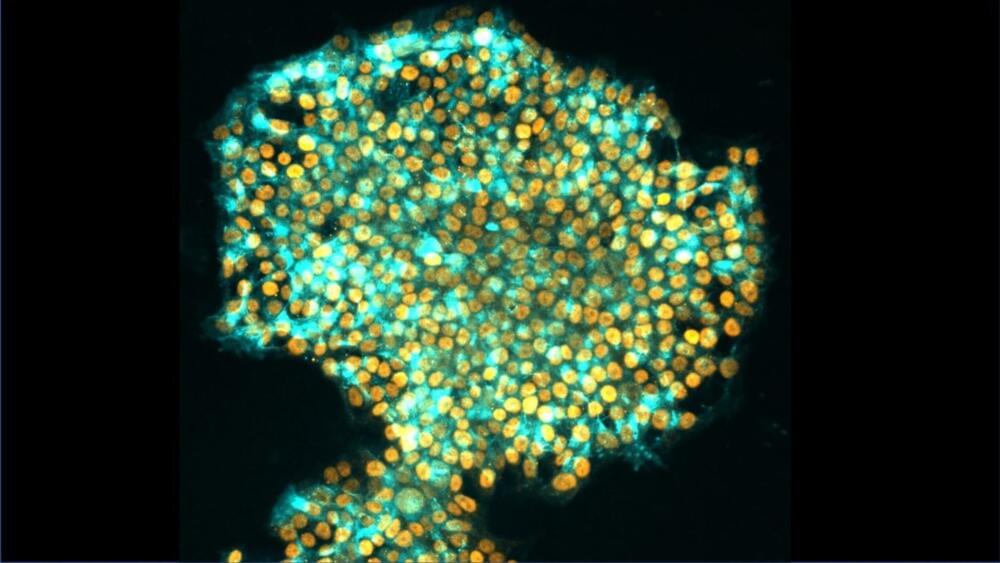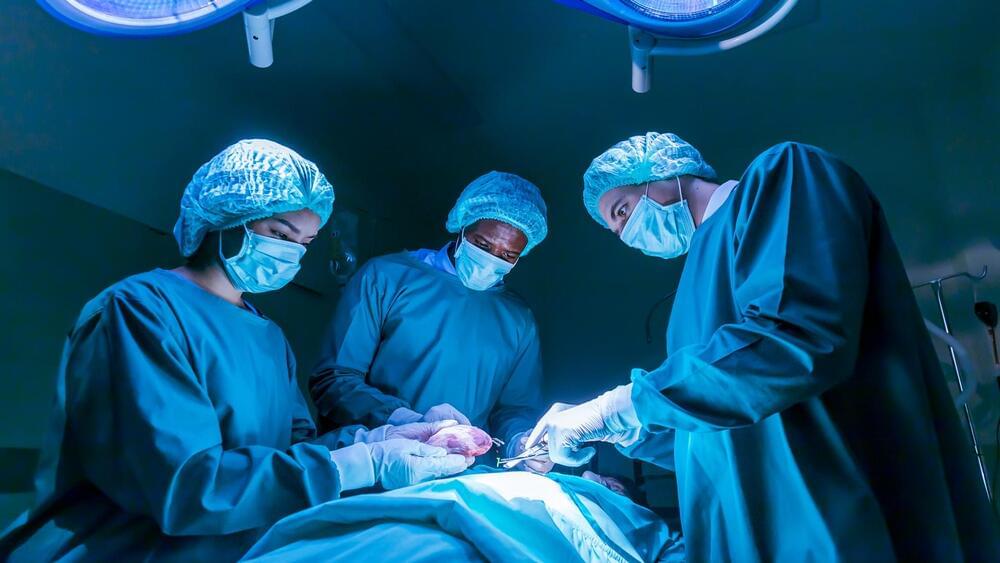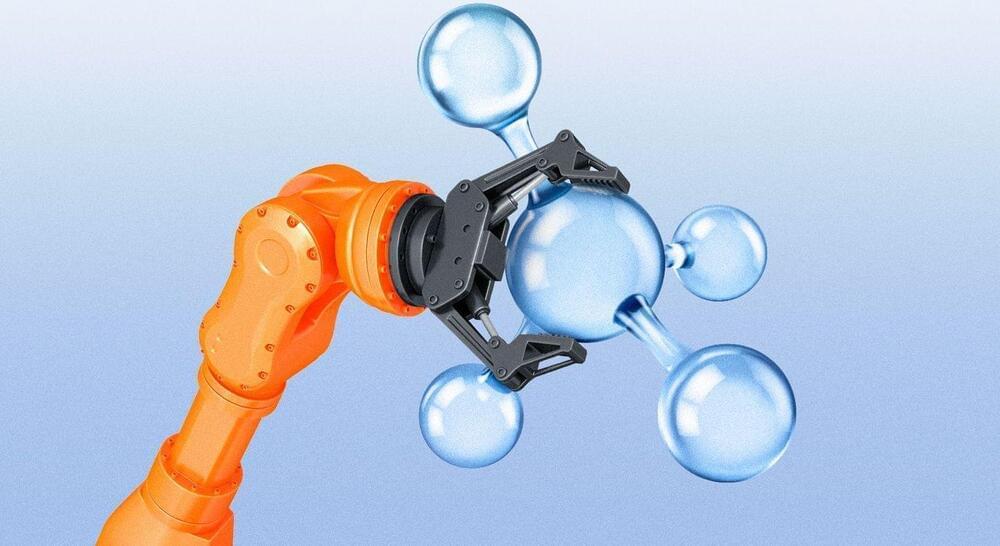Brain-computer interfaces are devices that allow for direct communication between the brain and external devices, such as computers or prosthetics. As significant investments flow into R&D, cutting-edge companies are gearing up for human trials. These trials aim to showcase and fine-tune the potential of these interfaces to treat conditions such as Parkinson’s disease, epilepsy and depression.
While these technologies’ immediate use is for treating conditions, they also have the potential to access vast information at unprecedented speeds. As it stands today, the field not only aims to aid recovery, but also enhance existing cognitive functions. These goals introduce various ethical and… More.
Can cutting-edge technology transform the way humans learn, remember and evolve?









